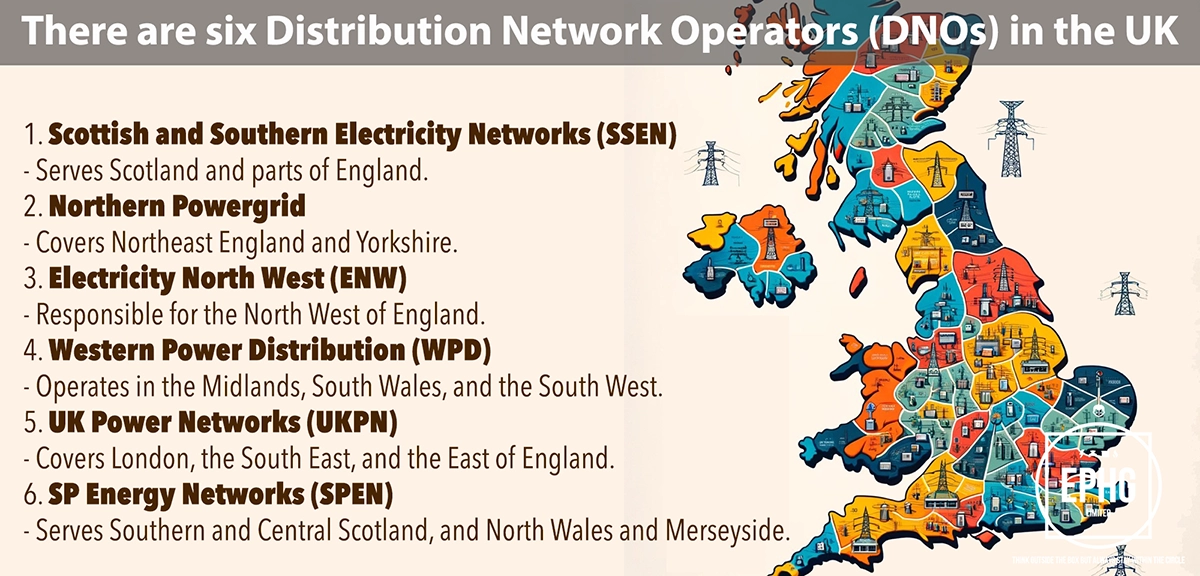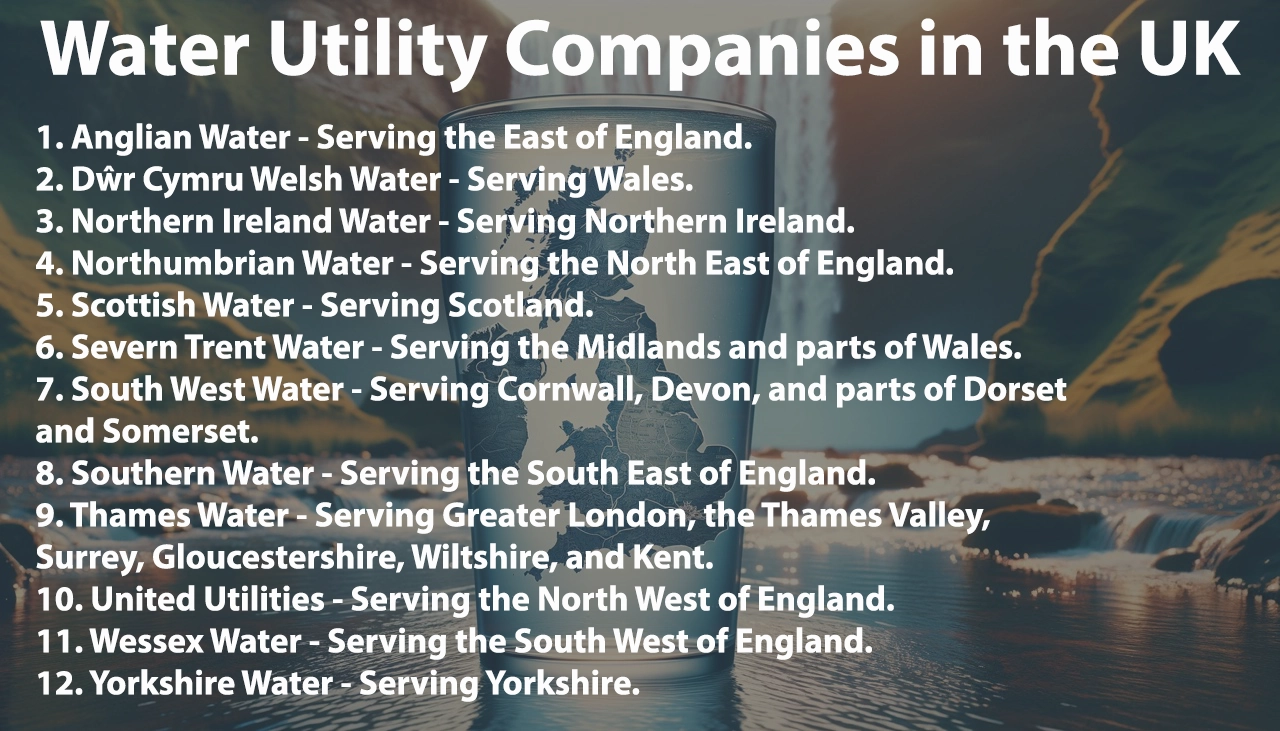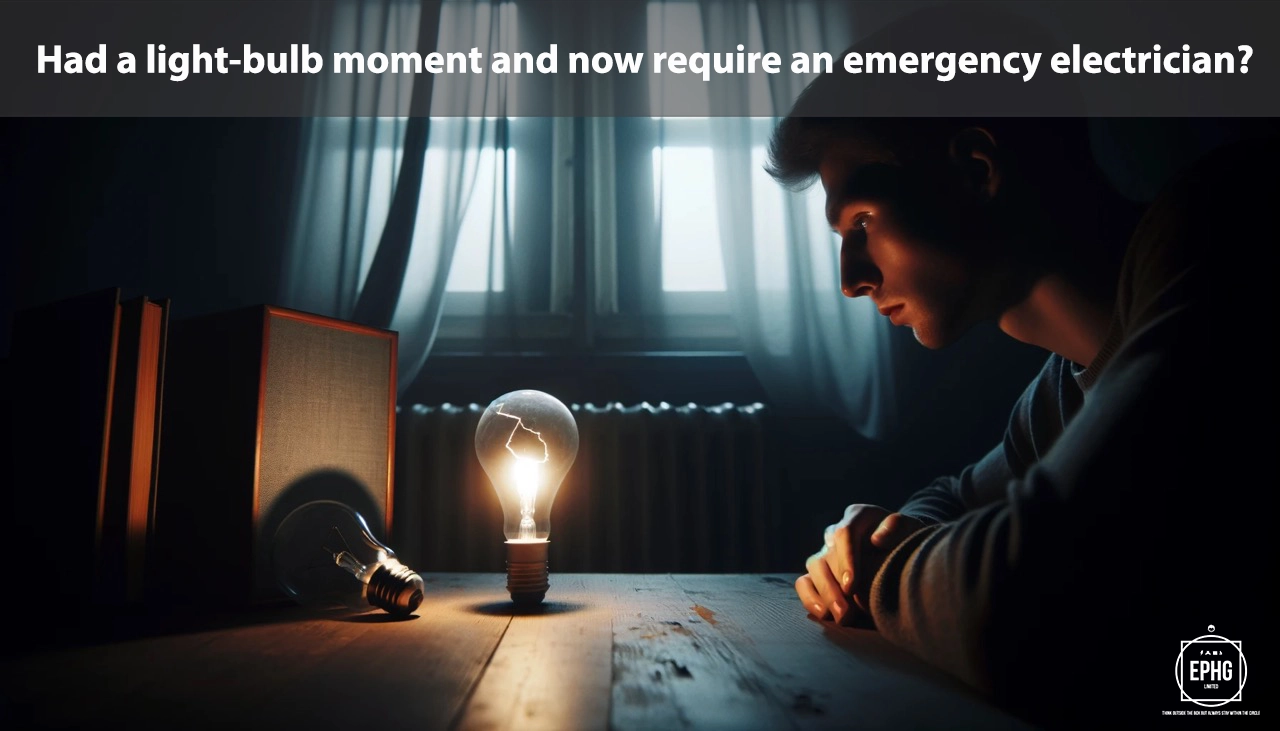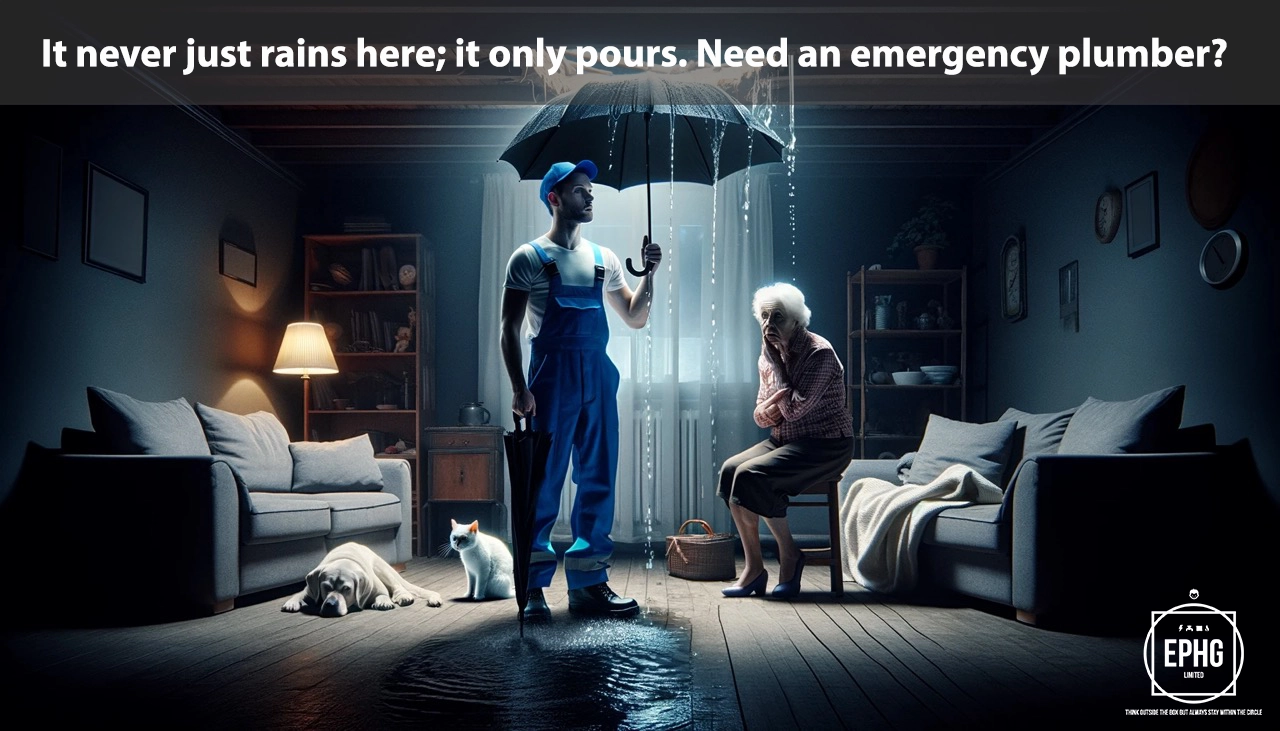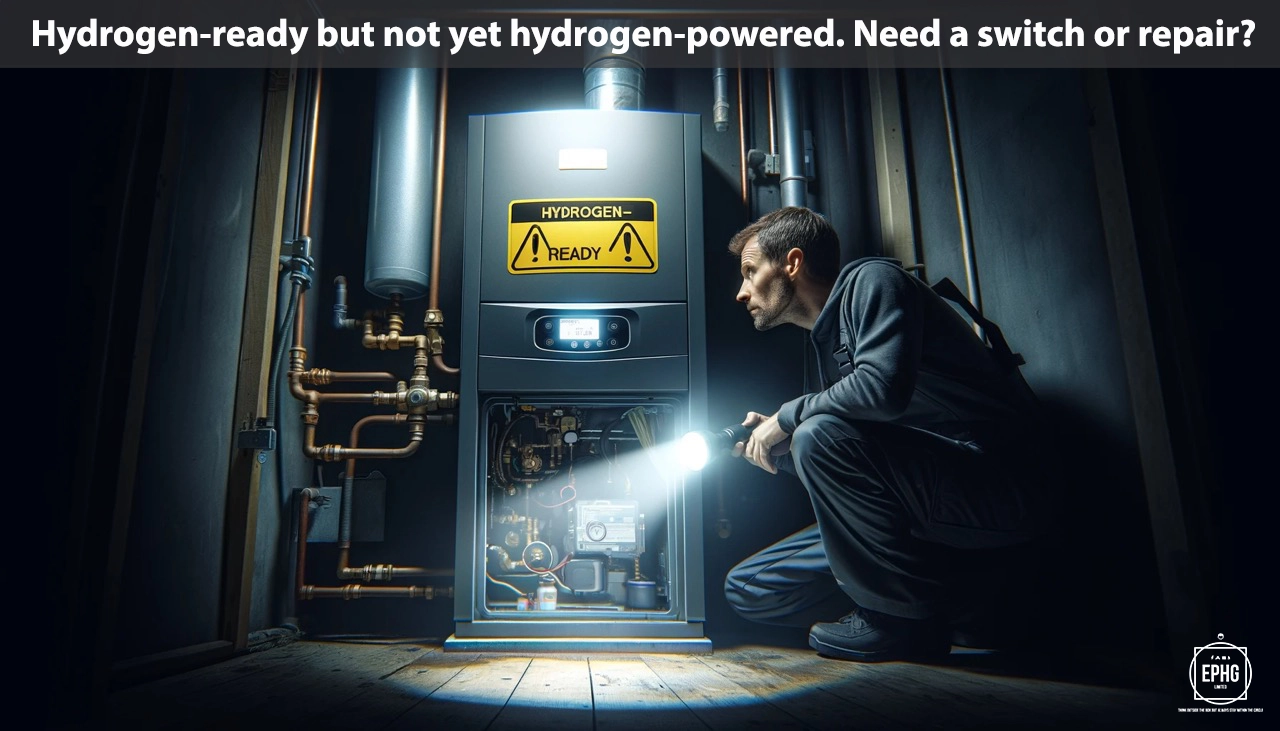
LE Postcodes for Utilities & Services in Leicester
Introduction: The LE postcode area, covering Leicester and its surrounding regions, is a dynamic hub with diverse communities and landscapes. In this guide, we provide insights into the utilities and services available in the area, with a focus on water and electricity supply.
Water in Leicester
Where does the water supply come from in Leicester and is there ever a shortage of water?
Leicester's water supply mainly comes from the River Soar and reservoirs in the surrounding areas, such as Cropston and Swithland. Severn Trent Water manages the region's water services, ensuring that the water meets all safety standards before distribution. While Leicester benefits from a relatively stable water supply, it faces challenges similar to many parts of the UK, including seasonal variations and the effects of climate change. To address potential water scarcity, local authorities and Severn Trent Water have implemented water management strategies and encourage water conservation among residents. By doing so, they aim to ensure a sustainable water supply for Leicester's growing population.
What is the hardness & quality of the water in Leicester and can this affect your health?
The water in Leicester is classified as moderately hard due to the geological makeup of the region. Hard water contains higher levels of calcium and magnesium, which can lead to limescale buildup in plumbing and appliances. Despite this, the water quality in Leicester meets stringent regulatory standards for safety and cleanliness. Regular monitoring ensures that it is safe for consumption and everyday use. While hard water is not harmful to most people's health and can contribute beneficial minerals to one's diet, individuals with specific health conditions or sensitive skin may wish to use a water softener or drink filtered water. Severn Trent Water provides detailed water quality reports and advice for those concerned about water hardness.
Electricity in Leicester
Where does the electric supply come from in Leicester and what is the future of energy there?
Leicester's electricity supply is transitioning from reliance on traditional fossil fuels to a more diverse portfolio incorporating renewable sources. The region is increasingly benefiting from solar farms, wind turbines, and the potential for biomass energy, reflecting a significant move towards green energy. Supported by national grid connections and local initiatives, Leicester is on a path to reducing its carbon footprint and embracing sustainable energy solutions. The city is actively involved in projects aimed at enhancing energy efficiency and promoting renewable energy among residents and businesses. The future of energy in Leicester is geared towards sustainability, with plans to invest in renewable infrastructure and smart technologies, aligning with the UK's broader environmental targets.
When is hydrogen coming to gas boilers in Leicester?
The introduction of hydrogen to gas boilers in Leicester aligns with national strategies to decarbonize heating systems. Although there is no definitive timeline for a complete transition, Leicester is part of the wider regional studies assessing the feasibility and infrastructure required for hydrogen heating. The city is likely to follow pilot schemes and phased rollouts as they develop. Residents are advised to stay updated with local energy policies and consider energy-efficient solutions for their heating needs in preparation for future transitions towards hydrogen and other low-carbon technologies.
Where Does the Wastewater Go in Leicester
Wastewater management in Leicester is a critical component of the city's commitment to environmental stewardship and public health. Residential, commercial, and industrial wastewater is collected and treated at facilities like the Wanlip Sewage Treatment Works, among others. These plants employ advanced processes to ensure the treated water complies with stringent environmental standards before being released back into local watercourses, such as the River Soar. This careful management reflects Leicester's dedication to maintaining a clean and safe environment, contributing to the overall well-being of the community and the health of regional water ecosystems.
Regions and Services:
The LE postcode covers a variety of landscapes, from Leicester's bustling urban center to the serene countryside of Leicestershire. Key regions within this diverse area include:
- Leicester City: The heart of the region, showcasing extensive development in utilities, including modern electrical, gas, and green energy infrastructure.
- Loughborough, Hinckley, and Coalville: Towns with a blend of historic charm and contemporary services, reflecting their industrial heritage and ongoing development.
- Market Harborough, Melton Mowbray, and Lutterworth: Market towns that maintain traditional utilities while increasingly embracing renewable energy initiatives and sustainable practices.

Regions within the LE Postcode
Leicester City
- LE1: Leicester City Centre
- LE2: Oadby, Knighton, Highfields, Aylestone, Glen Parva
- LE3: Braunstone, Glenfield, New Parks, Groby Road (A50), Leicester Forest East, Westcotes
- LE4: Beaumont Leys, Belgrave, Birstall, Thurmaston
- LE5: Hamilton, Thurnby Lodge, Evington
- LE6: Ratby, Groby, Newtown Linford
- LE7: Scraptoft, Anstey, Billesdon, Gaddesby, Hungarton, Rearsby, Tilton on the Hill, Tugby, Cropston, Thurcaston, Rothley, Barkby, Syston
Surrounding Areas and Villages
- LE8: Blaby, Great Glen, Fleckney, Kibworth, Peatling Magna, Countesthorpe
- LE9: Kirby Muxloe, Earl Shilton, Barwell, Thurlaston, Desford, Newbold Verdon, Kirkby Mallory, Stapleton, Peckleton
- LE10: Hinckley, Burbage, Wolvey, Sharnford, Aston Flamville, Copston Magna
- LE11: Loughborough, Charnwood
- LE12: Shepshed, Hathern, Long Whatton, Diseworth, Belton, Tonge, Breedon on the Hill, Castle Donington, Kegworth
- LE13: Melton Mowbray
- LE14: Melton and surrounding areas
- LE15: Oakham, Rutland, Cottesmore, Uppingham, Langham
- LE16: Market Harborough, East Langton
- LE17: Lutterworth, Swinford, Bitteswell, Ullesthorpe
- LE18: Wigston
- LE19: Narborough, Enderby
- LE65: Ashby-de-la-Zouch, Boundary, Calke, Smisby, Willesley, Worthington
- LE67: Coalville, Ibstock, Markfield
